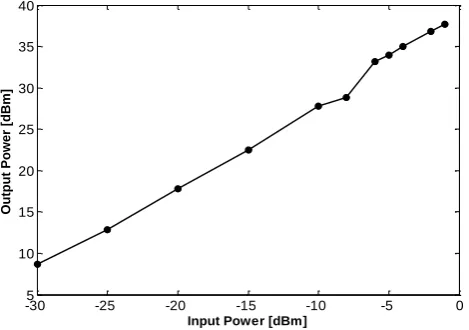Towards a 15.5W Si-LDMOS Energy Efficient Balanced RF Power Amplifier for 5G-LTE Multi-carrier Applications
Full text
Figure




Related documents
Method have presented a decentralized access control technique with anonymous authentication using message digest algorithm, which provides user revocation,
As expected, giving a high probability of switching neurons with a large weight change off during training caused the network to be 2.744% worse off on average than the
reinforcements and division of labor in insects so-cieties. Colony size affects division of labour in the ponerine ant Rhytidoponera metallica. Ecology, evolution
In this study, we have obtained some new oscillation results for some class of conformable fractional nonlinear homogeneous differential equations by using the
Thus using a Minskyian framework for explaining pre-2007 events appears to be a more realistic description of reality (Minsky 1978; Borio 2014; Ryoo 2015). By constructing a
JADEL Limited Jacques Daubian
Security challenges and/or resulting spillovers in several countries are a key source of instability, with security risks affecting an estimated 20 percent of regional
(a) Semantic structure level: we retrieve the URL on pattern-tree T to determine whether the new request matching the exiting semantic structure; (b) Value level: we then detect





